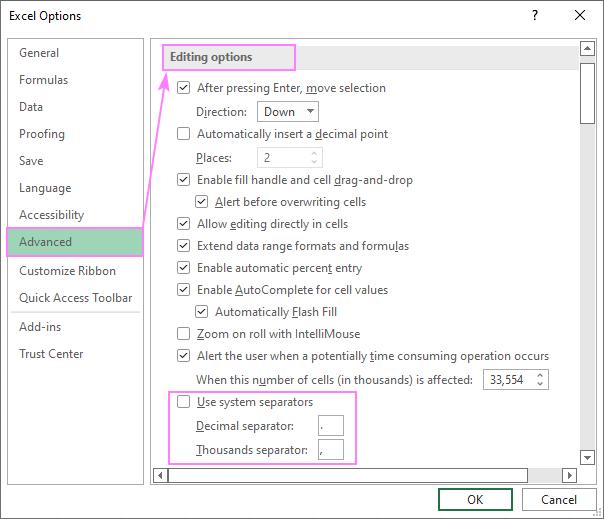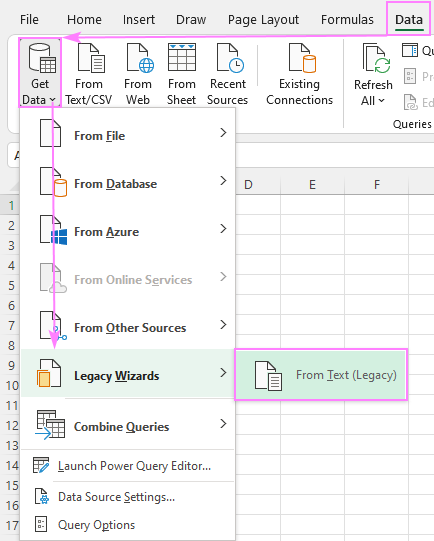
Due to the variety of environments these add-ins have to work with, they are less tightly coupled with the Office application hosting them.

These add-ins are hosted in the cloud which means you need an Internet connection to use them and because they’re designed using web-based technology, they can be designed to run on all the devices, operating systems, and platforms. The new Office Add-Ins model fits neatly with the desire to provide compatibility across a wide range of devices (PC/Mac), operating systems (Windows/OSX/Android/iOS) and platforms (desktop/mobile/online). The most recent phase of add-in development was the venture of Microsoft into cloud-based tech. So much so that it’s possible to develop add-ins that look and feel like they are part of the original product. A key common factor of both VBA and COM add-ins is that they provide a high degree of integration with the Office application. This introduced a new programming language and lots of new possibilities such as the ability to add custom panes (like the Format and Selection panes built-in the Office apps). And tightly integrated means adding ribbon tabs, modifying the built-in Office app ribbon, intercepting UI events, creating custom windows and other UI elements and integrating new functionality into context-sensitive menu (the menus that appear when you right-click on objects). Importantly, after 25 years since its introduction, VBA is still the only choice for developing tightly-integrated add-ins for both the PC and the Mac. VBA add-ins can be developed to run on a PC or a Mac but nothing else. Think of it as adding new features or making existing features do things over and over again, faster than a human can. These add-ins were simply known as “add-ins” or the longer term, “application add-ins” and gave third party publishers the ability to either extend the functionality of Office applications or automate them. That then evolved and was adopted by all of the major Microsoft Office Suite of applications such as Excel, Word, Outlook, Access etc.

Many years ago, a programming model called VBA found its way into Excel. Free Speaking Teaching Clock for PowerPointīefore we go any further, I should clarify what “add-ins” in this context mean, because it’s not at all clear.Free PowerPoint Digital Clock, Alarm & Countdown.

PPTEXPIRE : PowerPoint Presentation Expiry Date.CIRCLIFY : PowerPoint circular & spiral graphics.Org Chart Designer : Excel to PowerPoint.YOUtools : smart design tools for smart designers.VICONS : Editable icons for Microsoft Office.VMAPS : Editable maps and heat maps for PowerPoint.ACTIVEPREZ : Non-Linear PowerPoint Navigation.


 0 kommentar(er)
0 kommentar(er)
